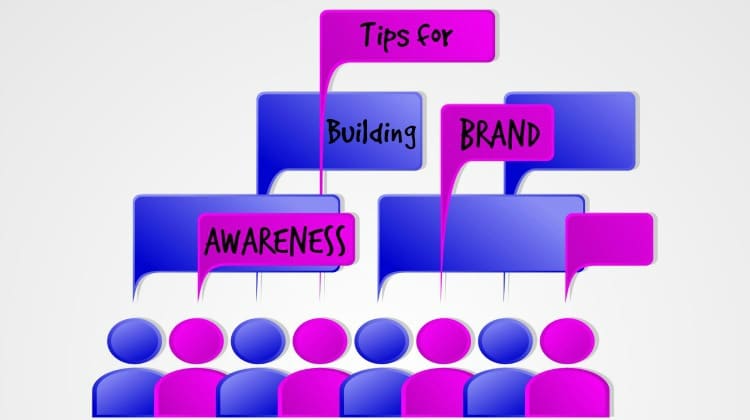
You’ve worked hard to build your brand. You‘ve identified a target market, built a solid product or service offering, and gone above and beyond to ensure your website is full of actionable information that leads to conversions. Now it’s time to take the next step—to focus on building brand awareness.
Not sure where to start? Follow the tips below for attracting attention and building brand awareness that leads to measurable growth and increased levels of engagement:
1. Get out There
Having a strong website is only the first half of building brand awareness online. The problem with relying solely on your website? Only visitors who find you will learn about what you have to offer.
By partnering with other brands and building social media presences, you’ll be able to reach out to a larger target market without the high costs of advertising and other marketing strategies. To work on branching out, consider:
- Reaching out to other brands with similar target audiences but different product or service offerings. Offer to place a referral on your website for the same in exchange.
- Look for guest blogging opportunities with blogs that reach your target audience.
- Find out where your target audience spends time online — especially on social media sites — and build a presence. Follow, like, favorite, and retweet other brands that could serve as referral sources with the goal of attracting additional attention.
- Reach out to other brands to offer prizes for contests hosted on your own website. If they have a prize in the contest, they’re more likely to market it to their customers.
Branching out increases your opportunity to reach new customers and prospects by working off of the success of other brands.
2. Focus on Content
Content is essential for any brand interested in increasing their reach and building awareness. Sure, content makes any website more interesting, but it also plays many other important roles, including:
- Giving visitors a reason to return.
- Building brand credibility and expertise.
- Increasing opportunities for visitor engagement.
- Increasing searchability by attracting search engine crawlers.
- Spreading your brand’s message through social sharing potential.
As demonstrated in Women on Business’s article “5 Reasons Blogging is Important to Your Business in 2015,” blogging is an inexpensive option for increasing customer acquisition, traffic and subscribers, providing opportunities to educate, growing sales, and building brand awareness. As such, this important endeavor shouldn’t be overlooked.
3. Host a Contest
People will do almost anything if there’s a chance at a free prize. From $25 gift cards to grand sweepstakes and prize packs, incentives of all sizes can encourage site visitors to share content, to like pages, to join email lists, and to complete almost any other desired action. Because of this simple concept, hosting a contest is an excellent option for increasing brand awareness without a struggle.
To host a successful online contest:
- Consider the channel or channels you’d like to reach participants through. These can include: your website, a single social media network, multiple social media networks, partner websites, and more.
- Think about the prize you’re able to offer. Bigger is always better, but this doesn’t mean something small can’t be a good start. When in doubt, consider tip No. 1 and look for opportunities to reach out to partner brands that might be interested in participating.
- Decide upon the action participants must complete to enter the contest: liking a page, sharing a page, commenting, joining your email list, answering a question, or something else entirely.
4. Create an Infographic Designed to be Shared
Infographics are rapidly growing in popularity. These graphics break down complex information through texts and visuals in a way that is engaging, educational and interesting to the public. Multiple free tools exist to create infographics without any design knowledge, which means there’s no excuse not to start today.
Infographics target a specific audience with information that is complex yet useful. This information can include statistics, how-to’s, survey results, guides relating to a certain profession or practice, or anything else that could be considered useful to members of your target market.